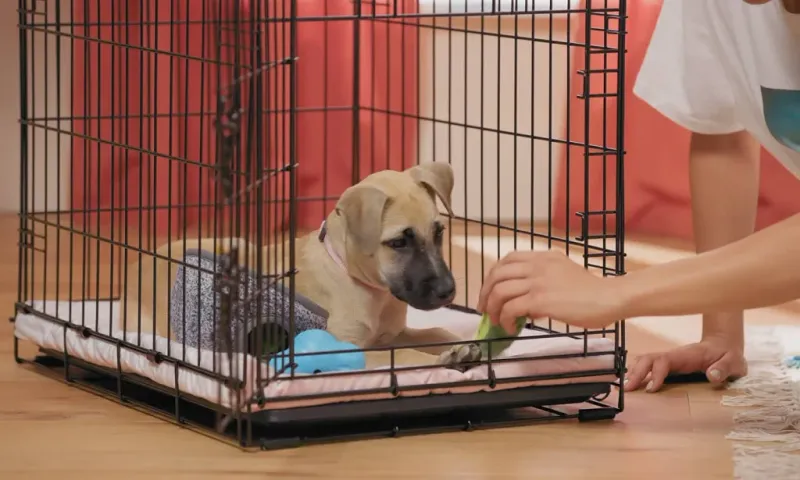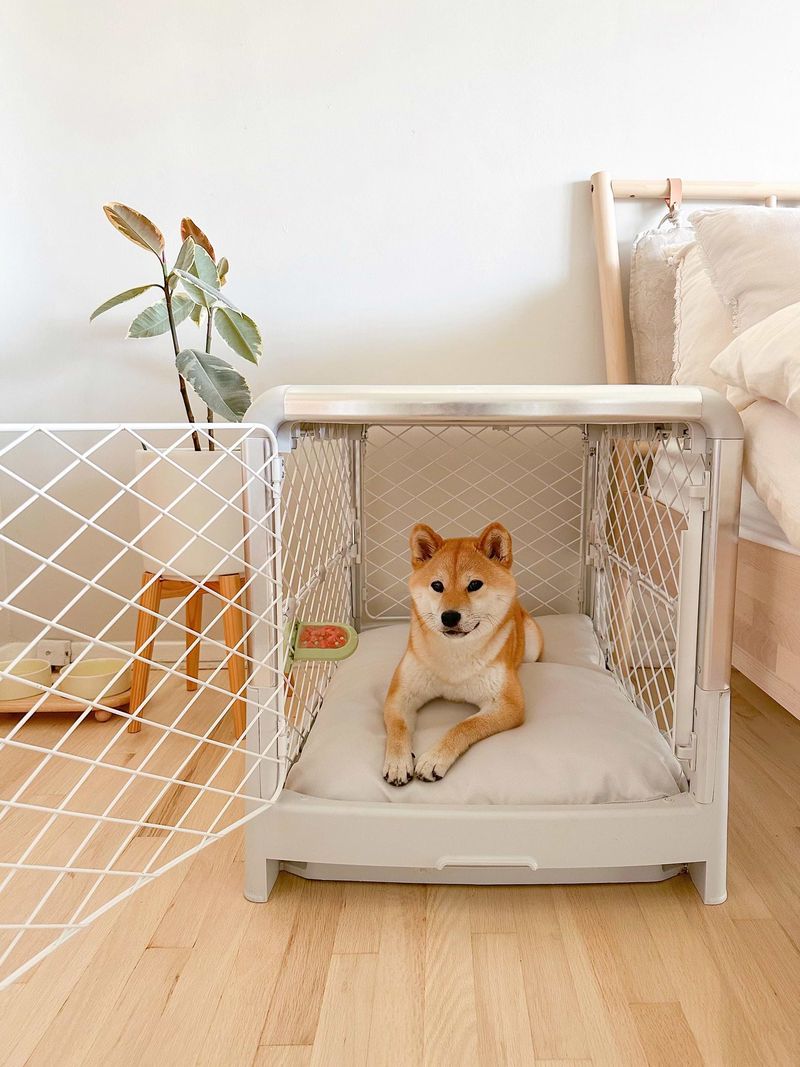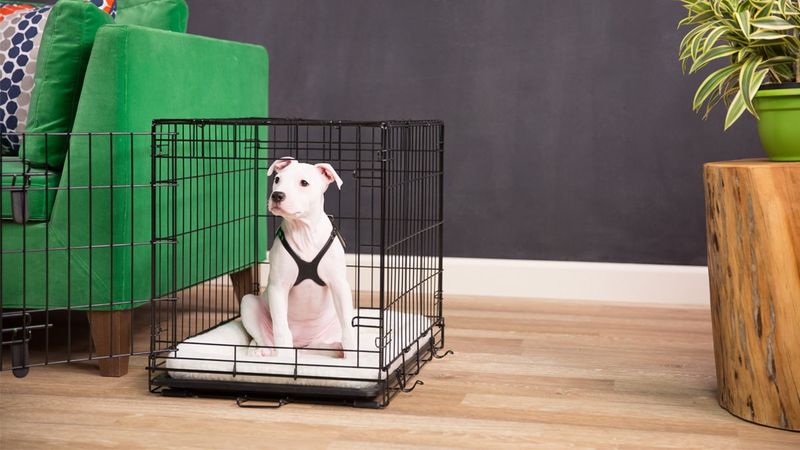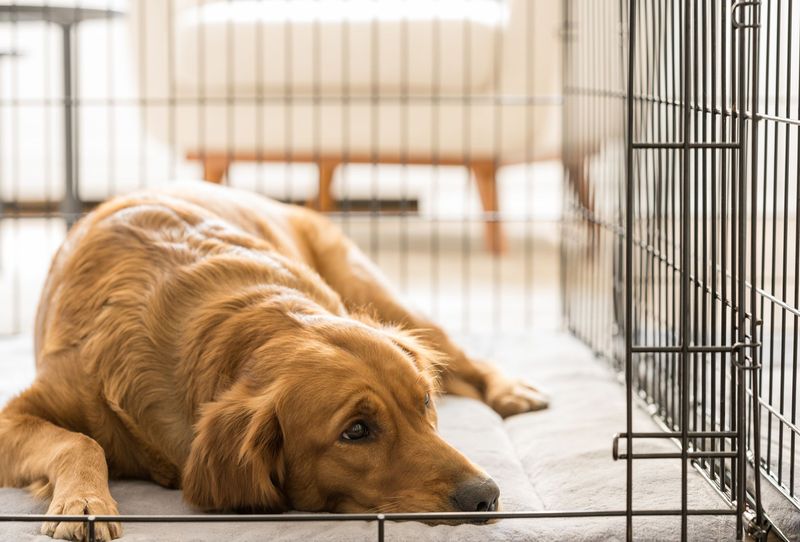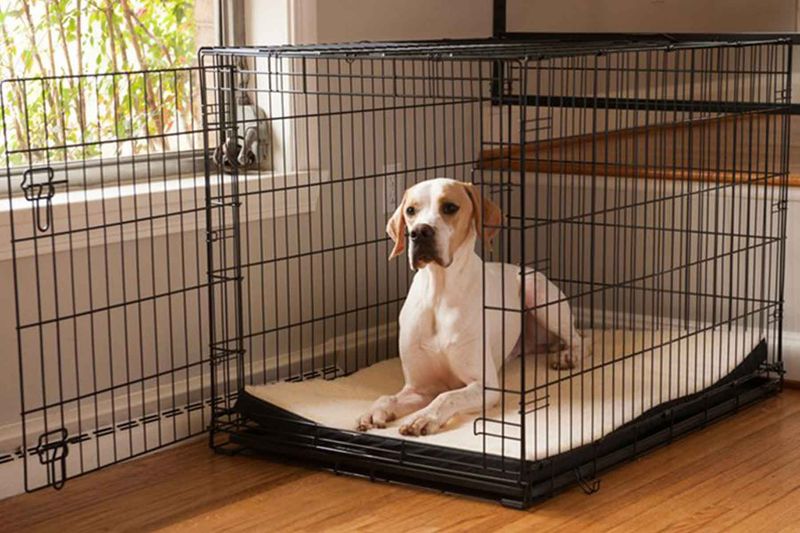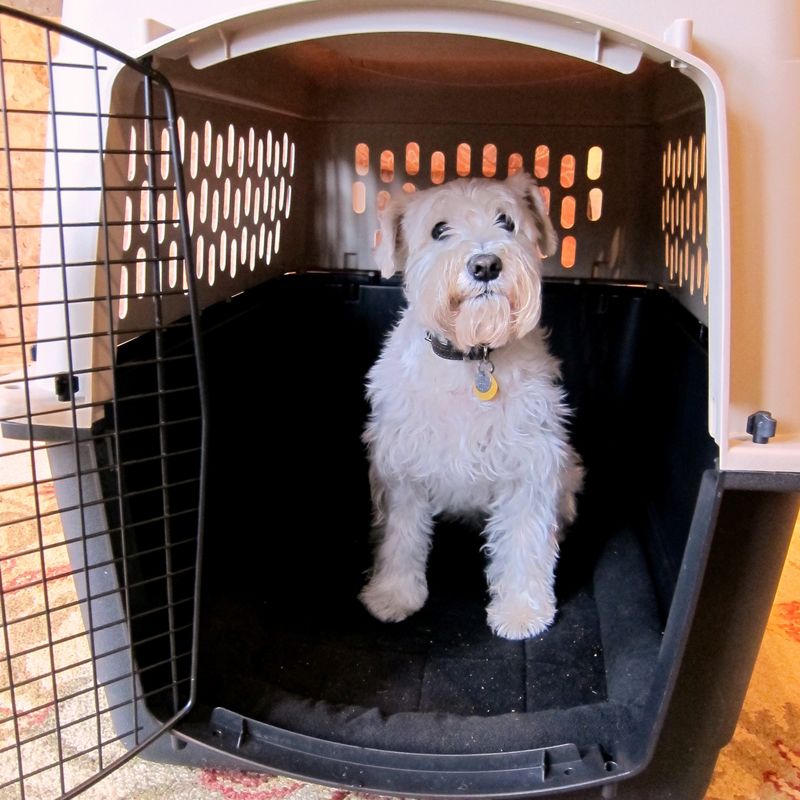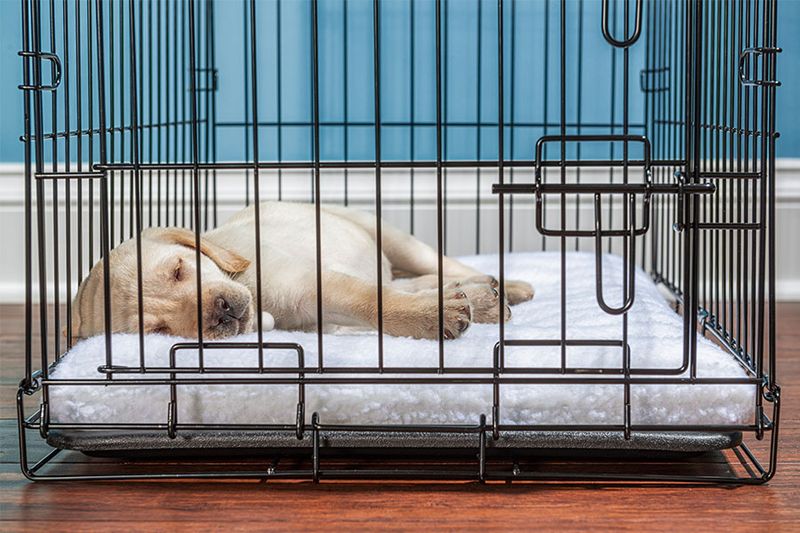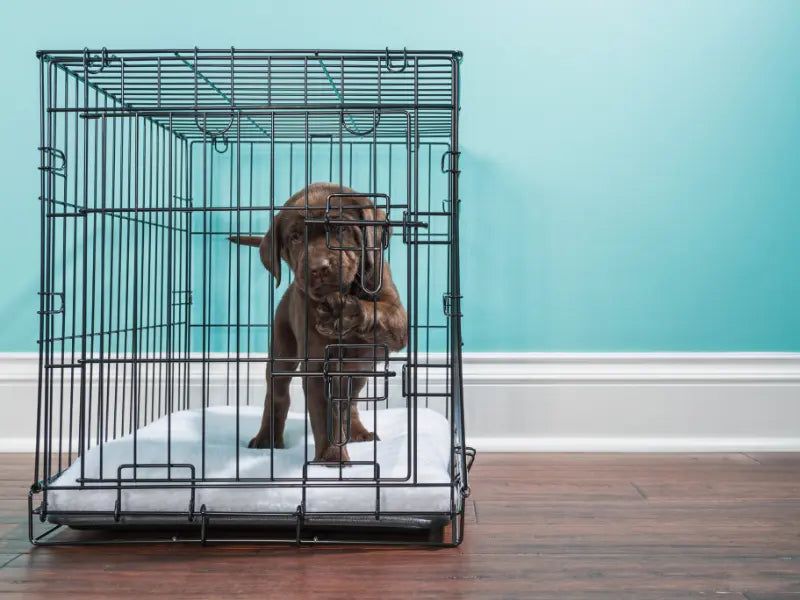Crate training is an essential part of raising a well-behaved and happy dog. Whether you have a playful puppy or a wise senior, understanding the nuances of crate time can greatly improve your pet’s experience. Here are nine invaluable tips that every dog owner should know, ensuring that your furry friend finds comfort and security in their crate at any age.
Start Early with Puppies
A puppy’s first introduction to a crate can be pivotal. Begin by making the crate inviting, using soft blankets and a favorite toy. Puppies need reassurance, so keep the atmosphere calm and encouraging. Gradually increase crate time, allowing them to explore this new space at their pace.
Crate training should be a positive experience, fostering a sense of safety and familiarity. Remember, patience is key during these early stages. By starting young, you lay the foundation for a lifetime of comfort and security. Puppies will soon see their crate as a personal haven.
Create a Comfortable Environment
Creating a comfortable crate environment is crucial for your dog’s happiness. Use cushioned bedding to provide support and warmth. Add a chew toy to keep them entertained and occupied. Soft lighting around the crate area can help create a soothing ambiance.
The crate should never feel like a cage but a cozy retreat. By paying attention to these details, you ensure that your dog associates the crate with relaxation and peace. This environment helps them feel more at home and less stressed.
Establish a Routine
Dogs thrive on routine, and crate time is no exception. Establishing a regular schedule helps your dog know what to expect and when. Consistent crate times can include meals, rest, and quiet moments. This predictability reduces anxiety and builds trust.
Your dog learns that the crate is part of their daily life, not a punishment. This routine becomes comforting, offering structure and security. A well-planned schedule ensures your dog feels balanced and content.
Use Positive Reinforcement
Positive reinforcement is a powerful tool in crate training. Reward your dog with treats, praise, or affection when they willingly enter the crate. This association between the crate and positive experiences strengthens their willingness to use it.
Building trust through rewards makes the crate a place of joy rather than confinement. Over time, your dog will eagerly anticipate crate time, knowing it leads to treats and happiness. This approach enhances their overall training experience.
Adjust for Aging Dogs
As dogs age, their needs change, and so should their crate. Larger, easy-to-enter crates with orthopedic bedding can provide comfort for aging joints. Accessibility is key for seniors who may struggle with mobility.
Adjusting crate conditions for older dogs shows compassion and understanding. It ensures they continue to feel secure and valued. By adapting to their evolving needs, you help them enjoy their senior years with dignity and comfort.
Crate as a Safe Haven
A crate should be more than just a containment area; it should be a safe haven. Introduce familiar scents, like a worn t-shirt, to comfort your dog. Personal items make the crate a reassuring place, especially during stressful times.
This safe haven concept helps dogs feel secure and loved. It becomes their refuge from loud noises or overwhelming activities, providing a sense of stability. Your dog’s crate should always be a place they choose to retreat to, finding peace within its walls.
Travel Crate Training
Travel crate training prepares your dog for adventures. Familiarize them with the travel crate in a gradual manner. Start at home, allowing them to explore it freely before taking car rides.
This preparation ensures that your dog associates the travel crate with exciting journeys. It helps reduce travel anxiety, making trips more enjoyable for both of you. An adventurous spirit starts with a well-trained travel companion.
Crate Time Limits
Understanding crate time limits prevents feelings of confinement. Dogs, like humans, need time to stretch and play. Short, frequent crate intervals with breaks in between are ideal.
Respecting your dog’s time outside the crate fosters a healthy balance. Knowing when to let them roam free ensures they remain happy and active. A balanced approach to crate time promotes well-being and contentment.
Monitor for Signs of Stress
Monitoring your dog for signs of stress during crate time is essential. Look for excessive barking, whimpering, or attempts to escape. These behaviors signal discomfort, requiring immediate attention.
Understanding and addressing these signs fosters a trusting relationship. It shows your dog that you care about their well-being. A stress-free crate experience leads to a happier, more relaxed pet.

